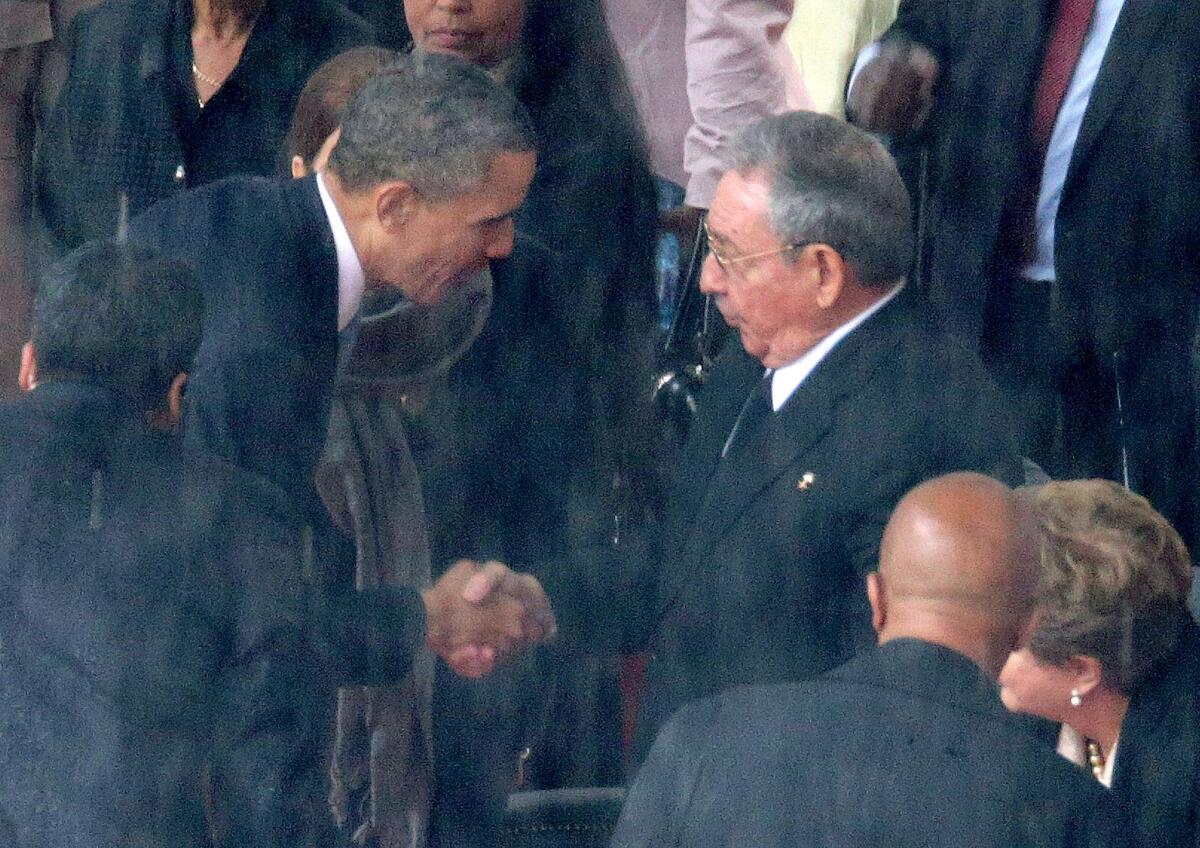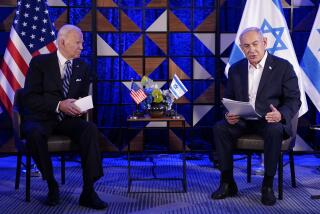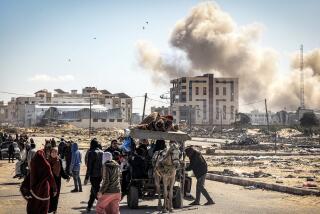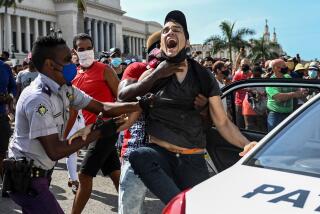Is it time for the U.S. to shake Cuba’s hand too?

The handshake between President Obama and Raul Castro at Nelson Mandela’s memorial service would have made the South African leader smile. It was the latest sign of a gradual thawing in relations between Washington and Havana after a frozen half-century.
It hasn’t been easy. Obama favored diplomatic recognition and lifting the embargo as far back as when he was a state legislator in Illinois, and he has steadily eased restrictions on travel since taking office.
But many on the American right, especially octogenarian Cuban immigrants from the Bay of Pigs generation, have stubbornly resisted normalizing relations with Cuba. Now, though, it seems as if the process is developing a momentum of its own.
YEAR IN REVIEW: Kindness in the world of politics? 7 uplifting examples from 2013
Part of the reason involves changes taking place in Cuba. Cubans today are living in the “pre-post-Castro era,” in the charming phrase of the late Alfredo Guevara, a close friend of Fidel’s and a longtime leader in arts and film. Under Raul Castro, the nation has gradually opened its private sector to a new generation of Cuban entrepreneurs, as reported in a recent study by Richard Feinberg, a top advisor to President Clinton on inter-American affairs. The Cubans are moving toward market socialism, with a strong state protecting its widely admired healthcare, education and social programs.
When the Soviet Union collapsed in 1991, devastating Cuba’s economy, it was widely predicted that a popular anti-Castro revolution would quickly follow, as happened in Eastern Europe. But that was almost 25 years ago, and it never happened — not because Cuba is a perfect police state but because the Cuban people deeply prefer a peaceful transition to a future they themselves choose. Vain attempts to return to the past, or plunge into civil war, are not real alternatives compared with gradual evolution.
Perhaps the most serious evidence of a sea change is the fact that 450,000 Cuban Americans now travel back and forth to Cuba legally each year to visit relatives. They also send remittances, last year more than $2 billion. This process is occurring despite the opposition of the supposedly all-powerful Cuban lobby in Congress. Why? It is an irreversible tide, and the two countries understand this.
YEAR IN REVIEW: 6 developments that changed Latin America in 2013
Both Secretary of State John F. Kerry and Ricardo Alarcon, the longtime retired Cuban foreign minister, United Nations representative and National Assembly president — whom I have interviewed extensively over the years — used identical terminology recently in describing the Cuban diaspora as “effective ambassadors” during the transition to more normal relations between the two countries.
In Kerry’s (and Obama’s) version, these Cubans are irresistible ambassadors of democracy and consumer capitalism. Alarcon too sees the potential for good in the exchange: “They can bring some different elements here, maybe in fashion and music. So you will get a mutual influence. I don’t really see a problem with that.”
He thinks Americans who travel to Cuba will also gain from the experience. Visiting Cuba, he says, will challenge “the mentality of those Cuban Americans who think everyone from Cuba is a terrorist.”
There are still many obstacles to normalizing relations, of course, but they can be overcome gradually. It would help to have a special envoy to serve in the way George Mitchell did during the protracted Irish peace talks. Obama’s next step should be to remove Cuba from the State Department’s list of nations embracing state-sponsored terrorism. That no-brainer would ease Cuba’s ability to engage in financial transactions abroad.
After that, Cuba and the United States should diplomatically arrange a sequenced release of prisoners who have become sticking points in relations between the two countries. Cuba should release the American contractor Alan Gross, who sits in prison after taking prohibited advanced communications equipment into Cuba on multiple occasions. The U.S. should release four imprisoned members of the so-called Cuban Five back to Cuba. The men were convicted in Miami of conspiracy to commit espionage and other charges after the Cuban air force shot down two planes carrying anti-Castro Cuban exiles.
Obama recently returned one of the five, Rene Gonzales, to serve his probation time in Havana. If the release of the other four seems politically impossible, consider the fact that in 1979 Jimmy Carter released four Puerto Ricans convicted of shooting up the U.S. Congress and trying to kill the president in 1952. After he did so, in a carefully separate but sequenced action, the Cubans released thousands of political prisoners, including many Americans.
A big impediment to normalization is the Helms-Burton Act, which grants Congress broad powers in determining U.S. relations with Cuba and prohibits recognition of a Cuban government that includes either of the Castro brothers. Obama will have to be determined and nimble in getting around congressional opposition, something he’s shown himself able to do.
It’s time. Obama should want his legacy to include being the first president in the last half-century to recognize its long-estranged neighbor. Let’s hope the handshake at Mandela’s funeral — with the whole world watching — signaled his intent.
Tom Hayden is the author, most recently, of “Inspiring Participatory Democracy.” He is currently writing a history of Cuba’s revolution and the New Left in America.
More to Read
A cure for the common opinion
Get thought-provoking perspectives with our weekly newsletter.
You may occasionally receive promotional content from the Los Angeles Times.










